Home>Garden Essentials>How Long Should New Grass Seed Be Watered
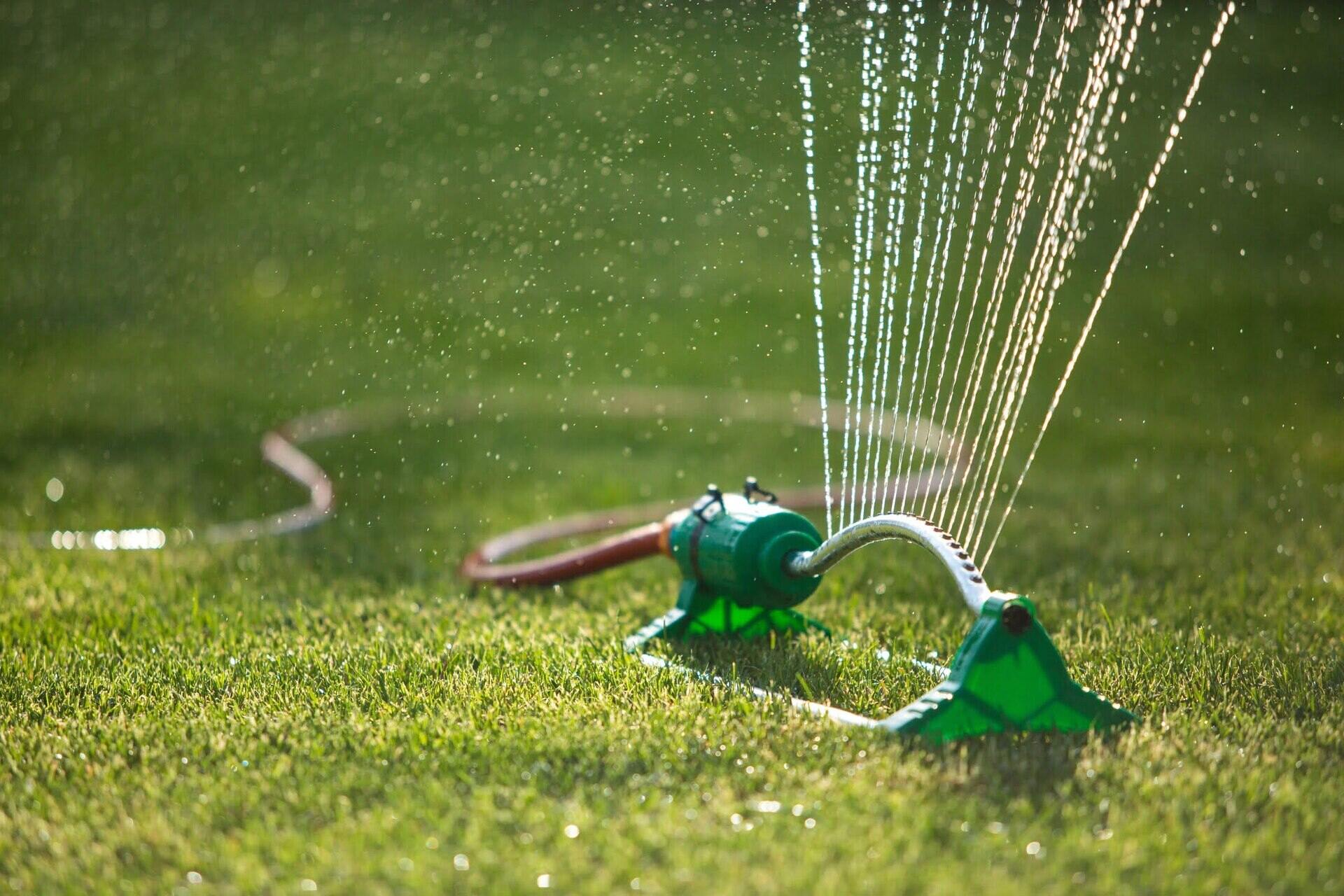

Garden Essentials
How Long Should New Grass Seed Be Watered
Modified: April 22, 2024
Ensure healthy growth of your garden with proper watering techniques for new grass seed. Find out how long you should water to establish a lush, green lawn.
(Many of the links in this article redirect to a specific reviewed product. Your purchase of these products through affiliate links helps to generate commission for Storables.com, at no extra cost. Learn more)
Introduction
Welcome to the world of gardening! If you’re planning to grow a lush and vibrant lawn, one key aspect to consider is the proper watering of your new grass seed. Watering plays a crucial role in the germination and establishment of the seed, ensuring healthy growth and a strong foundation for your lawn. However, it’s important to understand that there isn’t a one-size-fits-all approach when it comes to watering duration for new grass seed.
Several factors come into play when determining how long you should water your grass seed. These factors include the type of grass seed, weather conditions, soil type, moisture retention, and watering frequency. By understanding these factors and implementing the right watering practices, you can help your new grass seed thrive and create a vibrant and beautiful lawn.
In this article, we will delve into each of these factors in detail and provide you with valuable tips on how to determine the appropriate duration for watering your new grass seed. Let’s dive in!
Key Takeaways:
- Proper watering of new grass seed depends on factors like grass type, weather, soil, and growth stage. Adjust watering frequency and duration based on these factors for a healthy lawn.
- Understanding signs of over and underwatering, using proper irrigation techniques, and adjusting for weather conditions are key to nurturing new grass seed into a lush and vibrant lawn.
Read more: How Often Should I Water My New Landscaping
Factors Affecting Watering Duration
When it comes to watering new grass seed, there are several key factors that influence the duration of watering. By understanding these factors, you can make informed decisions about how long to water your grass seed. Let’s take a closer look at each of these factors:
- Type of Grass Seed: Different types of grass have varying water requirements. Cool-season grasses, such as Kentucky bluegrass and fescue, generally require more water compared to warm-season grasses like Bermuda grass or zoysia grass. It is essential to research the water needs of the specific seed variety you have chosen.
- Weather Conditions: The weather plays a significant role in determining the watering duration. Hot and dry weather conditions will require more frequent and longer watering sessions, while cool and rainy weather conditions may require less watering. Keep an eye on the forecast and adjust your watering schedule accordingly.
- Soil Type and Moisture Retention: The type of soil in your lawn affects its ability to retain moisture. Sandy soils drain quickly and may require more frequent watering, while clay soils retain water for longer periods and may require less frequent watering. Conduct a soil test to determine your soil type and adjust your watering strategy accordingly.
- Watering Frequency: The frequency of watering is just as important as the duration. It is generally recommended to water new grass seed lightly and frequently to keep the soil consistently moist until the seedlings establish. Frequent, shallow watering promotes healthy root development and reduces the risk of overwatering or underwatering.
By considering these factors, you can tailor your watering approach to meet the specific needs of your grass seed and create optimal growing conditions. It’s important to strike a balance between providing adequate moisture for germination and early growth, while avoiding excessive or insufficient watering that can hinder the development of your new grass seed.
Type of Grass Seed
Choosing the right type of grass seed is the first step towards a healthy and visually appealing lawn. Different grass species have different water requirements and adaptability to various climate conditions. Let’s explore some commonly used types of grass seed and their watering needs:
- Cool-Season Grasses: Cool-season grasses, such as Kentucky bluegrass, fescue, and ryegrass, are common choices in regions with cooler climates. These grasses thrive in temperatures between 60°F and 75°F (15°C and 24°C). They require regular watering, typically about 1 inch of water per week, to stay healthy and green.
- Warm-Season Grasses: Warm-season grasses, such as Bermuda grass, zoysia grass, and St. Augustine grass, are well-suited for regions with hot summers and mild winters. These grasses are more drought-tolerant and require less water compared to cool-season varieties. During the establishment phase, it is crucial to water warm-season grasses regularly to ensure proper root development.
- Mixture Blends: Some homeowners opt for grass seed mixtures, which combine multiple grass species to create a resilient and versatile lawn. The water requirements will vary depending on the types of grass seeds used in the blend. It’s important to research and understand the watering needs of the individual grass species in the mixture.
When selecting grass seed for your lawn, consider the local climate, soil conditions, and your personal preferences. Be sure to choose a variety that is suitable for your region and can thrive with the available water supply. By selecting the right grass seed for your area, you can ensure that your new lawn grows and flourishes with the proper amount of water.
Weather Conditions
Weather conditions play a crucial role in determining the watering needs of your new grass seed. The amount of rainfall, temperature, and humidity all impact how frequently and for how long you should water your lawn. Here are some key points to consider regarding weather conditions:
Rainfall: If you live in an area with regular rainfall, you may not need to water your grass seed as frequently. However, it’s important to keep an eye on the amount of rainfall you receive and supplement with additional watering if needed. Adequate moisture is essential for the germination and establishment of the seedlings.
Temperature: The temperature influences the rate at which water evaporates from the soil. During hot and dry periods, the soil dries out more quickly, requiring more frequent watering. Conversely, cooler temperatures and higher humidity levels reduce water loss through evaporation, so you may need to water less frequently during these periods.
Humidity: High humidity levels can slow evaporation, helping the soil retain moisture for a longer time. However, excessive humidity can also lead to fungal diseases in the grass. It’s important to strike a balance and provide adequate moisture without creating an overly humid environment.
Wind: Windy conditions can cause water to evaporate quickly from the soil surface. If you’re experiencing strong winds, consider watering during calmer periods or adjusting your watering schedule to compensate for the increased evaporation rate.
Monitoring weather conditions and adjusting your watering strategy accordingly is essential for successful grass seed germination and establishment. Keep an eye on the forecast, observe how quickly the soil dries out, and make necessary adjustments to ensure your new grass seed receives the right amount of water to thrive.
Soil Type and Moisture Retention
The type of soil in your lawn can greatly affect how well it retains moisture and consequently, how long you should water your new grass seed. Understanding your soil type is essential for optimizing watering practices. Here are the main soil types and their impact on moisture retention:
Sandy Soil: Sandy soil consists of larger particles and drains quickly. While this can be beneficial in preventing waterlogged conditions, it also means that water does not stay in the soil for long. As a result, sandy soil requires more frequent watering to ensure adequate moisture reaches the grass seed’s roots.
Clay Soil: Clay soil is composed of smaller particles, which leads to a finer texture and increased water retention. While clay soil retains water more effectively, it can become compacted and easily waterlogged if not properly managed. When watering grass seed in clay soil, it’s important to apply water in controlled amounts to avoid over-saturation.
Loam Soil: Loam soil is a mixture of sand, silt, and clay, creating an ideal balance of drainage and water retention. This type of soil is often regarded as the best for growing grass as it provides good water availability while allowing excess water to drain away. In loam soil, you’ll typically need to water your grass seed less frequently, as it retains moisture for longer periods.
To determine your soil type, you can conduct a simple test by grabbing a handful of soil and squeezing it. Sandy soil will fall apart easily, clay soil will hold its shape and feel sticky, while loam soil will hold its shape but crumble with a light touch.
Understanding your soil type and its moisture retention capabilities will help you tailor your watering approach. You can adjust the frequency and duration of watering based on how quickly the soil dries out and the specific needs of your grass seed. Regularly monitor the moisture levels of the soil to ensure it stays consistently moist for proper seed germination and establishment.
Water new grass seed daily for 5-10 minutes to keep the soil consistently moist. Avoid overwatering, as this can lead to disease and shallow root growth.
Read more: When To Water New Grass Seeds
Watering Frequency
Watering frequency is a crucial factor to consider when determining how long to water your new grass seed. It’s important to provide consistent moisture to the seedlings without overwatering or underwatering. Here are some guidelines to help you determine the appropriate watering frequency:
Seedling Stage: During the seedling stage, when the grass is actively growing, it’s crucial to keep the soil consistently moist. This typically requires watering multiple times a day or every couple of days, depending on the weather conditions. The goal is to prevent the soil from drying out completely, but also avoid creating waterlogged conditions.
Establishment Stage: As the grass seedlings start to establish and develop deeper root systems, the watering frequency can be gradually reduced. At this stage, you can transition to watering once or twice a week, providing a deeper soaking to encourage the roots to grow deeper into the soil.
Maintenance Stage: Once the grass is well-established and has become more resilient, you can transition to a regular watering schedule. This typically involves watering once a week, providing about 1 inch of water to the lawn. However, it’s important to adjust the watering frequency based on weather conditions and monitor the soil moisture to ensure the grass receives enough moisture.
It’s important to note that these are general guidelines, and the specific watering frequency may vary depending on factors such as grass type, soil type, weather conditions, and seedling development. Regularly assess the moisture levels of the soil by performing a finger test: stick your finger into the soil to a depth of about 1-2 inches. If it feels dry, it’s time to water. If it feels moist, you can wait a bit longer before watering.
Remember that watering frequency should always be adjusted based on the unique needs of your lawn. Monitoring the soil moisture and observing the grass’s response to watering will help you determine the optimal frequency for maintaining a healthy and vibrant lawn.
Duration of Watering
The duration of watering refers to how long you should water your new grass seed during each watering session. The goal is to provide enough water to thoroughly wet the soil to a sufficient depth without causing runoff or water waste. Here are some guidelines to determine the appropriate duration of watering:
Shallow Watering: During the seedling stage, when the grass roots are still developing, it’s important to water shallowly but frequently. Apply a light layer of water for around 5-10 minutes, ensuring that the soil is evenly moist. This helps promote root growth near the surface and encourages the seedlings to establish themselves.
Deep Watering: As the grass seedlings start to establish, it’s important to transition to deep watering. This encourages the grass roots to grow deeper into the soil, resulting in a stronger and more drought-resistant lawn. Water deeply for around 20-30 minutes, or until the soil is moistened to a depth of 4-6 inches. This allows the water to penetrate the soil and reach the roots.
Established Lawn: Once the grass has become well-established, adjust the watering duration accordingly. Typically, a weekly deep watering session of about 30-45 minutes should be sufficient, allowing the water to penetrate the soil to a depth of 6-8 inches. Monitor the soil moisture and adjust the duration as needed.
It’s important to note that the duration of watering may vary depending on factors such as soil type, grass type, weather conditions, and water pressure. Sandy soils may require shorter watering durations, while clay soils may need longer durations to ensure deep penetration. Additionally, in hot and dry weather conditions, you may need to extend the duration slightly to compensate for increased evaporation.
Regularly observe the soil moisture levels and the response of the grass to watering. If the soil is dry or the grass starts to show signs of stress, adjust the watering duration accordingly. It’s also a good practice to water during the early morning or late evening when evaporation is minimal, allowing the water to be absorbed effectively.
By adjusting the duration of watering based on the developmental stage of the grass seedlings and the specific needs of your lawn, you can ensure proper hydration and promote the healthy growth of your new grass seed.
Signs of Over or Underwatering
Proper watering is crucial for the health and success of your new grass seed. It’s important to monitor the signs of over or underwatering to make necessary adjustments and ensure optimal growth. Here are some common signs to look out for:
Overwatering:
- Pooling or Standing Water: If you notice areas of your lawn where water is pooling or not draining properly, it’s a sign of overwatering. This can lead to waterlogged soil, suffocating the grass roots and promoting the growth of disease-causing fungi.
- Soggy or Mushy Soil: Overly wet soil that feels soggy or muddy to the touch indicates excessive watering. This prevents oxygen from reaching the roots and can lead to root rot and other plant health issues.
- Yellowing or Wilting Grass: Ironically, overwatering can cause the grass to turn yellow, wilt, or appear weak. This is because the excessive moisture can suffocate the roots, inhibiting their ability to take up nutrients properly.
- Weed Growth: Overwatered lawns create favorable conditions for weed growth. If you notice an increase in weed populations, it could be a sign of too much moisture in the soil.
Underwatering:
- Dry or Cracked Soil: Soil that is extremely dry or cracked is a clear sign of insufficient watering. This indicates that the grass roots are not receiving enough moisture, potentially leading to stunted growth or even death of the seedlings.
- Grass Discoloration: Underwatered grass may appear brown or straw-colored, especially during hot and dry weather conditions. It is the grass’s way of conserving energy and water by going into a dormant state.
- Footprints or Foot Traffic Damage: If footprints or any pressure marks on the lawn remain visible for an extended period, it is an indicator of inadequate water content in the soil. The grass lacks the resilience and ability to bounce back due to insufficient hydration.
- Thinning or Patchy Growth: Insufficient watering can result in sparse and uneven growth patterns. Areas with inadequate moisture may have difficulty germinating or establishing, leading to patchy or thin grass coverage.
Monitoring the signs of over or underwatering is essential for maintaining a healthy lawn. Adjust your watering practices accordingly if you observe any of these signs. Remember, it’s important to find a balance and provide just the right amount of water to support the growth and development of your new grass seed.
Tips for Proper Watering of New Grass Seed
To ensure the successful establishment and growth of your new grass seed, here are some helpful tips for proper watering:
- Follow Seed Supplier Recommendations: Different grass seed varieties may have specific watering requirements. Always refer to the instructions provided by the seed supplier or consult with a local gardening expert for guidance on watering duration and frequency.
- Water in the Early Morning: It’s best to water your grass seed in the early morning when temperatures are cooler and evaporation rates are lower. This allows the water to penetrate the soil effectively and gives the grass blades time to dry before evening, reducing the risk of fungal diseases.
- Water Lightly and Frequently: During the seedling stage, water lightly and frequently to keep the soil consistently moist. This helps promote even germination and establishment. Avoid heavy watering that can cause soil erosion or puddling.
- Check Soil Moisture: Regularly monitor the soil moisture by performing a finger test or using a moisture meter. Stick your finger into the soil to a depth of about 1-2 inches. If it feels dry, it’s time to water. If it feels moist, you can wait a bit longer. Avoid letting the soil dry out completely or become overly saturated.
- Water in Zones: If you have a large lawn, consider dividing it into zones and watering each zone separately. This ensures that each area receives sufficient water without wasting it by overwatering or underwatering.
- Adjust for Weather Conditions: Take into account the weather conditions when determining your watering schedule. During hot and dry periods, you may need to increase the watering frequency or duration. Conversely, during cooler or rainy periods, you can reduce watering to prevent overwatering.
- Use Proper Irrigation Techniques: Use sprinklers or irrigation systems that deliver a gentle and even distribution of water. Avoid excessive water pressure or misting that may cause runoff or uneven watering. Adjust the sprinkler heads to prevent water wastage on hardscapes or non-grassy areas.
- Prevent Water Runoff: If you notice water runoff occurring during watering, it means the soil is not absorbing the water effectively. Consider watering in shorter intervals or using techniques like cycle and soak to allow the soil to absorb the water gradually.
- Observe and Adjust: Regularly observe the health and growth of your grass seed. Adjust your watering practices based on the signs of over or underwatering. Be flexible and adapt your watering routine as needed to create optimal growing conditions for your new grass seed.
Following these tips will help you establish a strong and healthy lawn. Remember, proper watering is essential in the early stages of grass seed growth. As the grass matures, it will develop stronger roots and require less frequent watering. By providing the right amount of water at the right time, you can nurture your new grass seed into a lush and vibrant lawn.
Read more: How Often To Water New Grass Sod
Conclusion
Proper watering is a fundamental aspect of successfully establishing new grass seed and maintaining a healthy lawn. Understanding the factors that affect watering duration, such as the type of grass seed, weather conditions, soil type, and watering frequency, is crucial for optimal growth. By following the tips outlined in this article, you can ensure that your grass seed receives the right amount of water at the right times.
Remember that each lawn is unique, and it may require some experimentation and adjustments to find the perfect watering routine. Regularly monitor the soil moisture, observe the signs of over or underwatering, and make necessary changes to ensure the health and longevity of your lawn.
Additionally, it’s important to water intelligently, avoiding water wastage and promoting conservation. Use proper irrigation techniques, divide your lawn into zones if necessary, and adjust your watering schedule to align with weather conditions. Conserving water not only benefits the environment but also helps maintain a sustainable and cost-effective approach to lawn care.
By providing your new grass seed with the right amount of water, you can ensure proper germination, strong root development, and a vibrant, lush lawn. With patience and consistent care, your lawn will flourish and become an inviting space for spending time outdoors, enjoying the beauty of nature.
So, wield that watering hose with confidence, stay attuned to your lawn’s needs, and watch as your new grass seed transforms into a thriving and picturesque landscape. Happy watering!
Frequently Asked Questions about How Long Should New Grass Seed Be Watered
Was this page helpful?
At Storables.com, we guarantee accurate and reliable information. Our content, validated by Expert Board Contributors, is crafted following stringent Editorial Policies. We're committed to providing you with well-researched, expert-backed insights for all your informational needs.
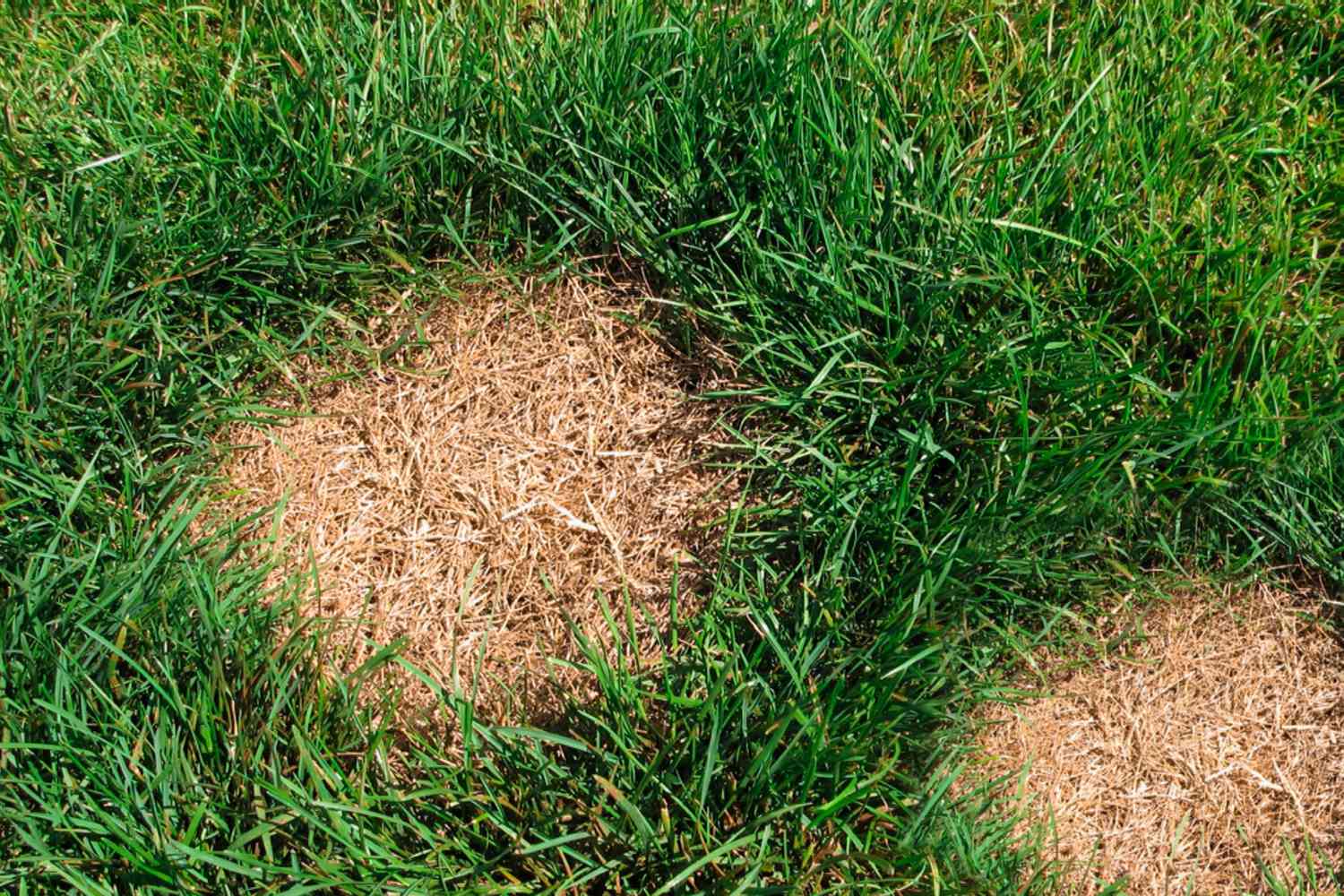
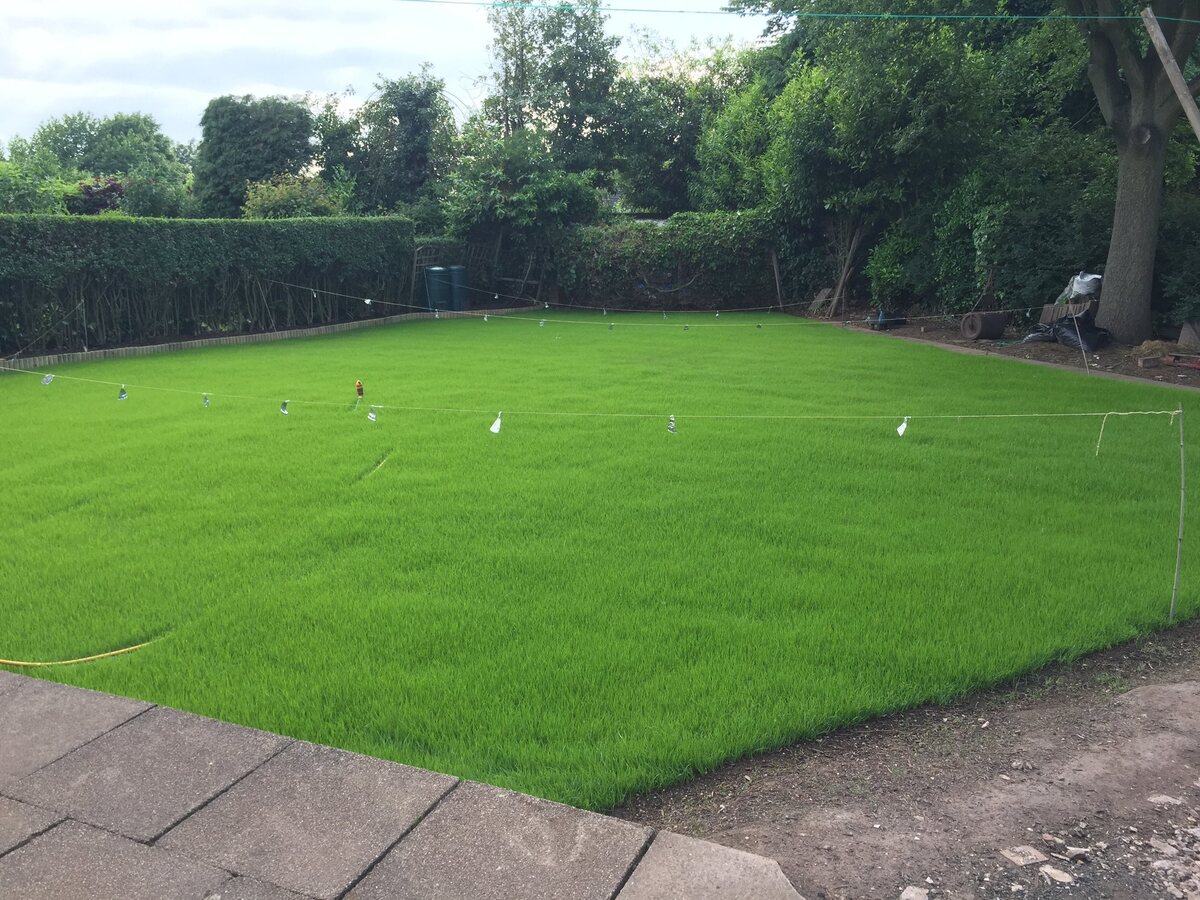
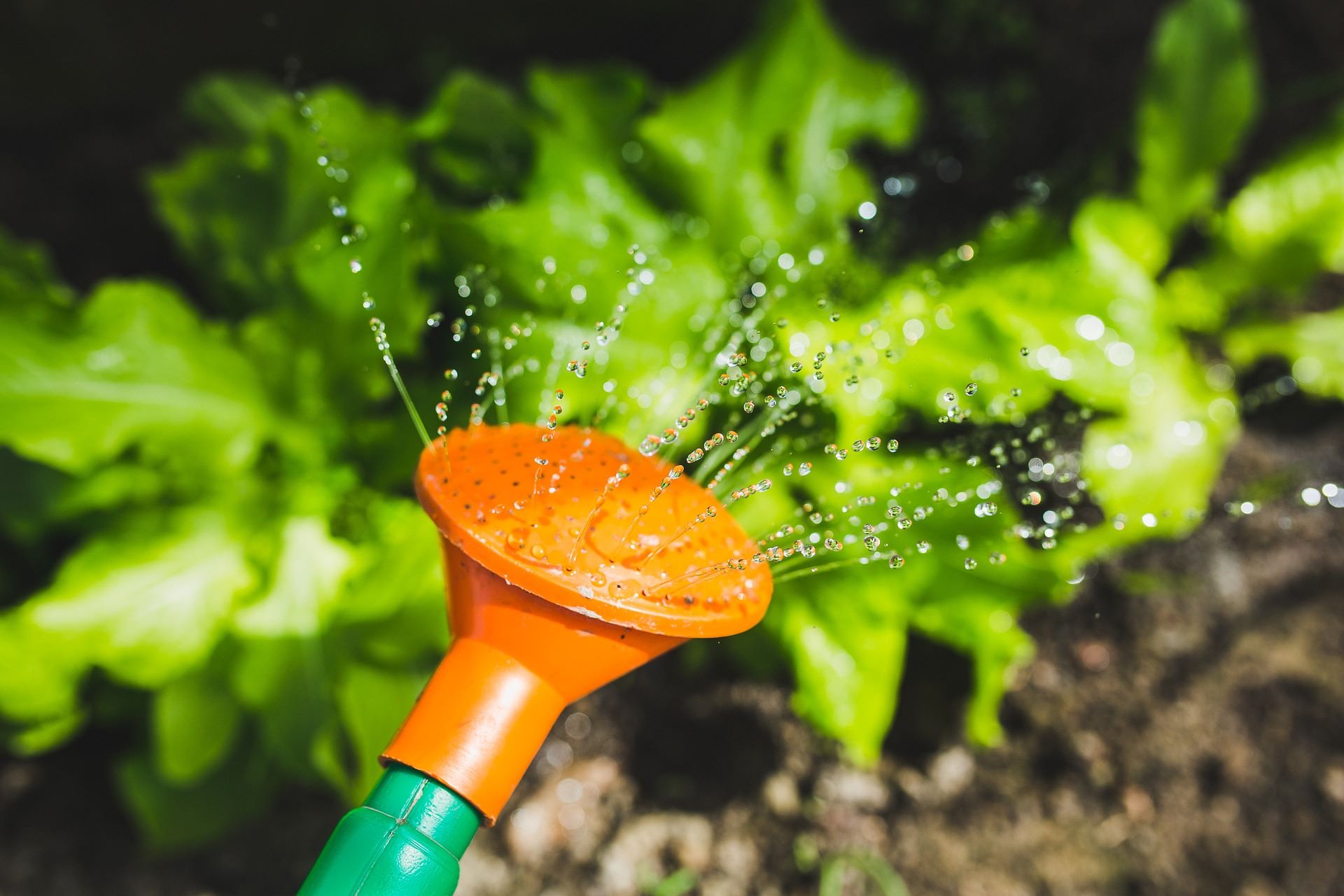
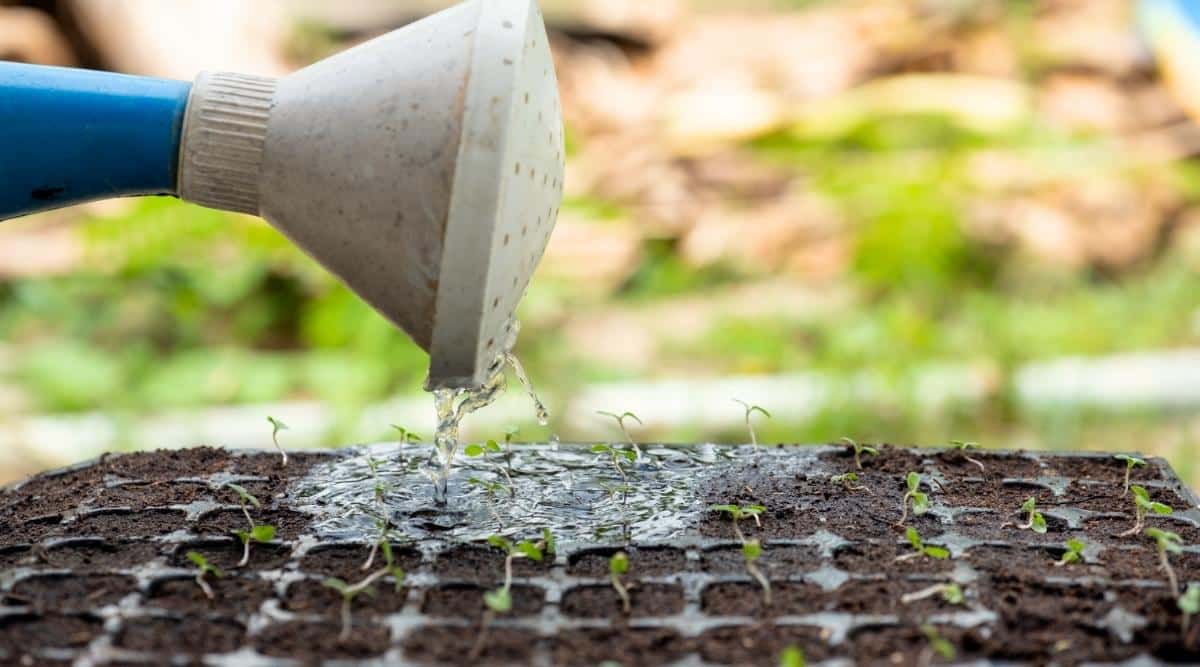
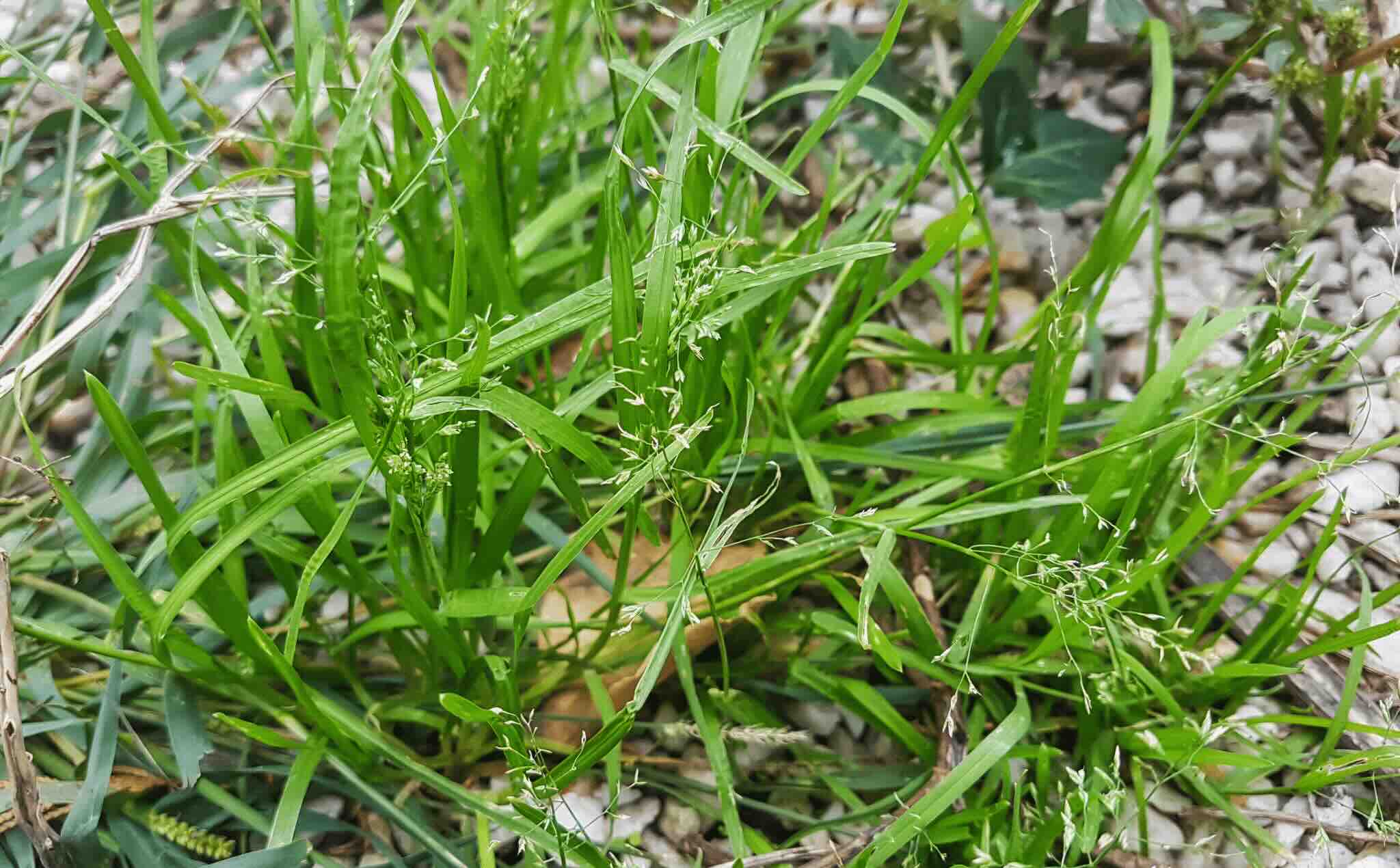
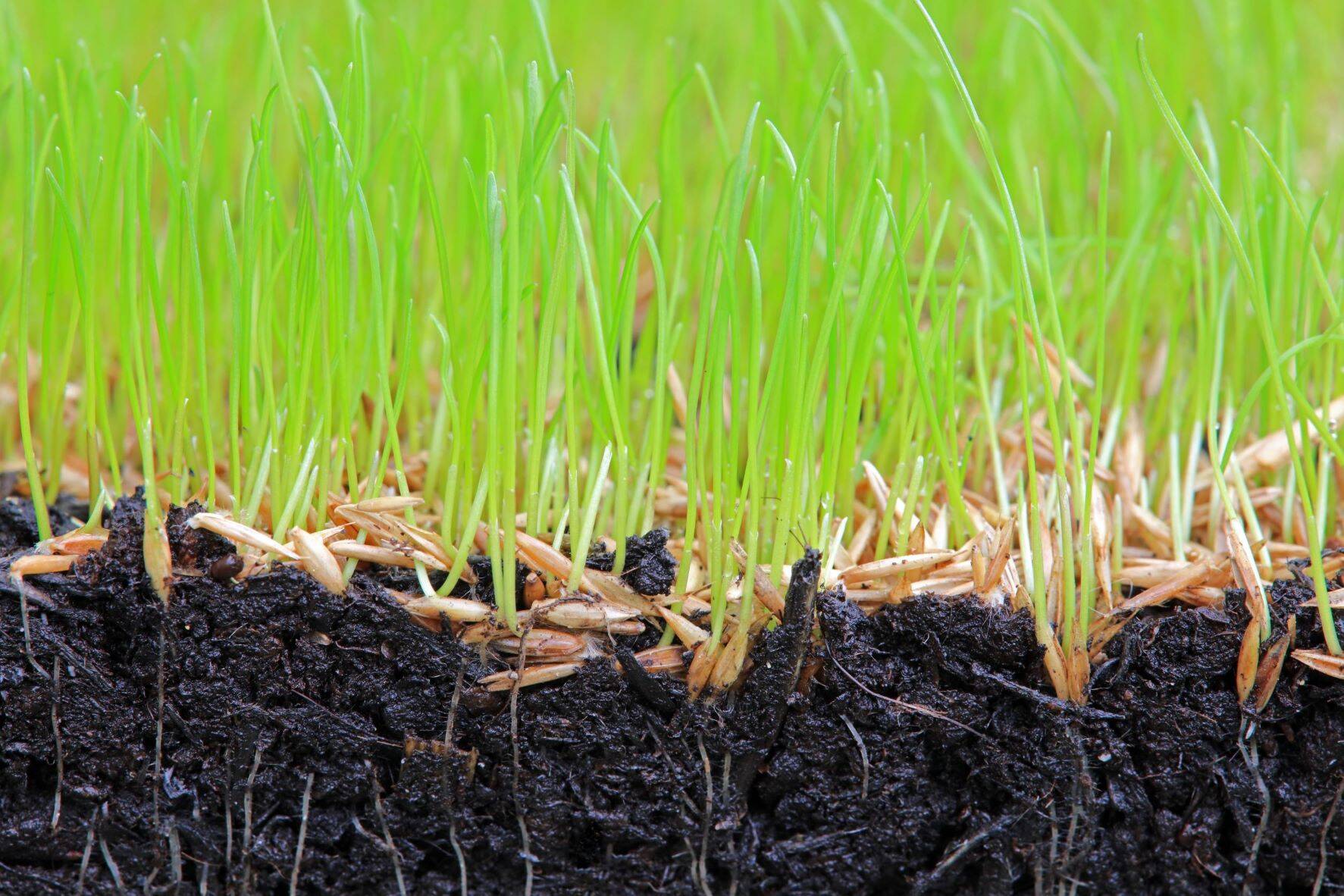
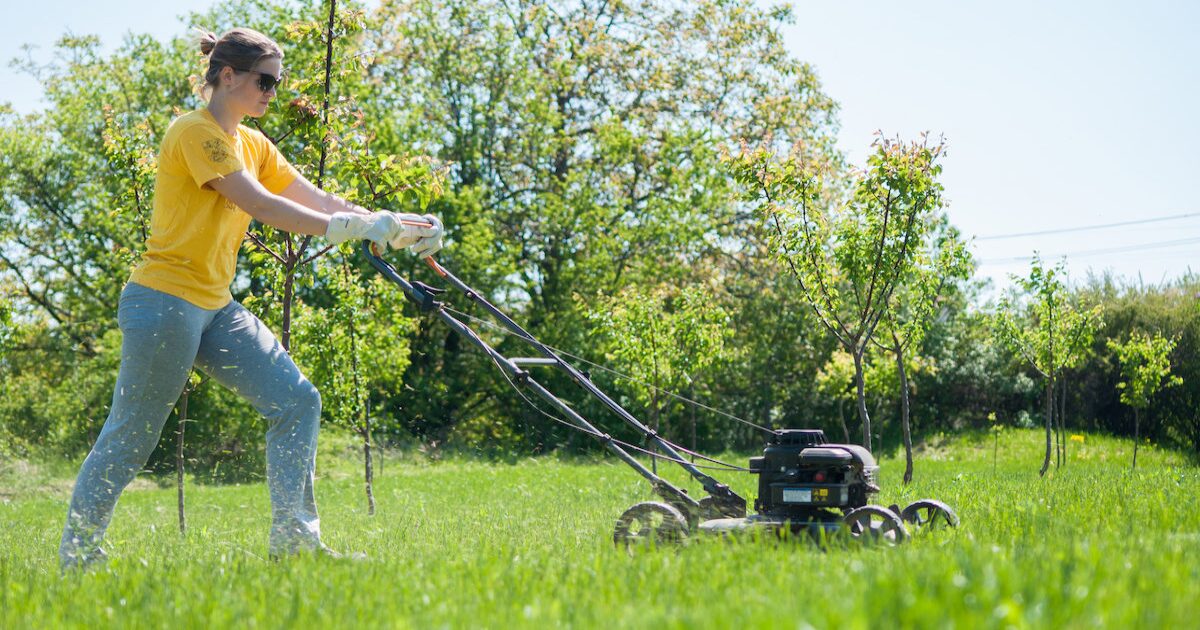
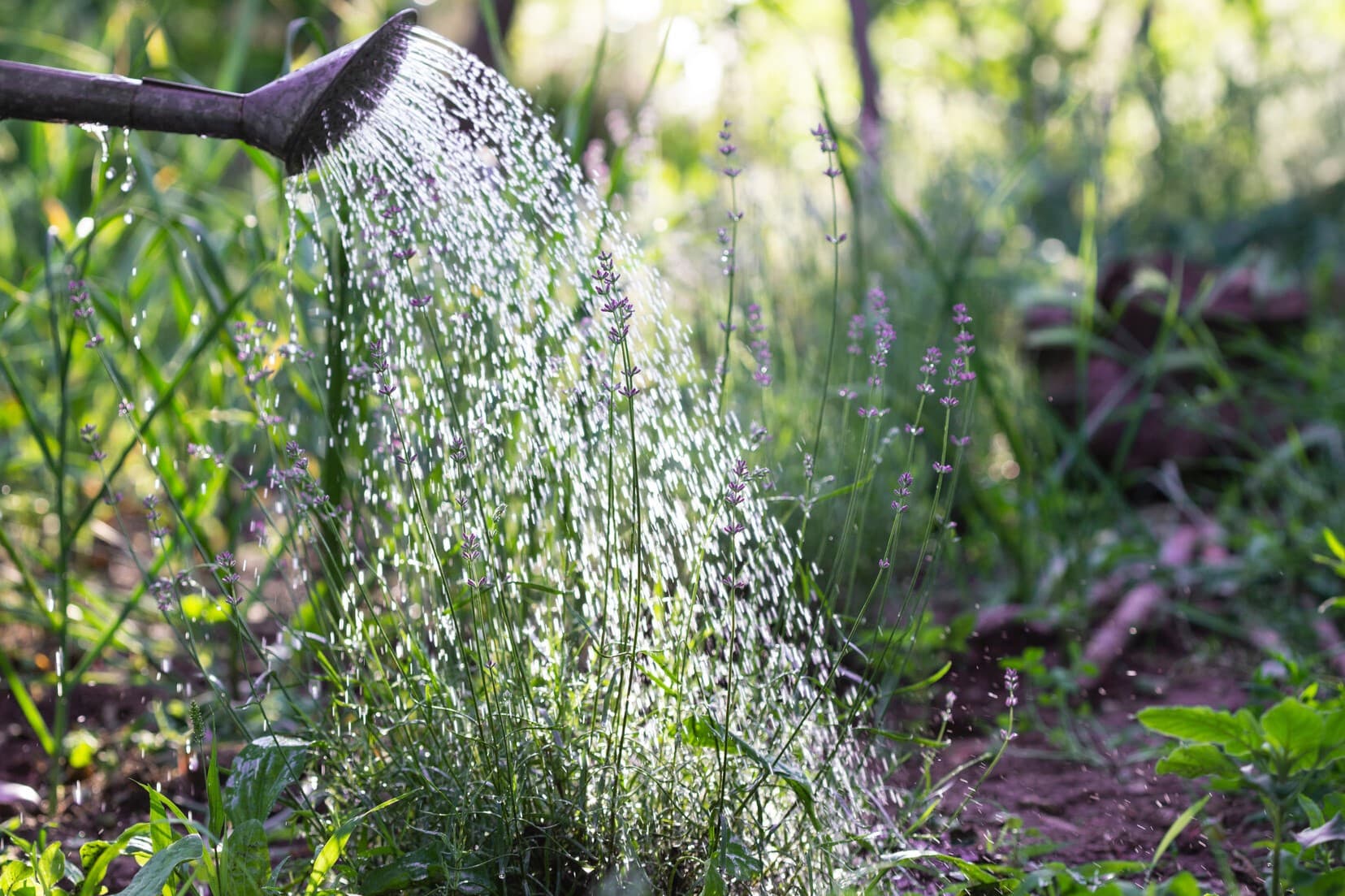
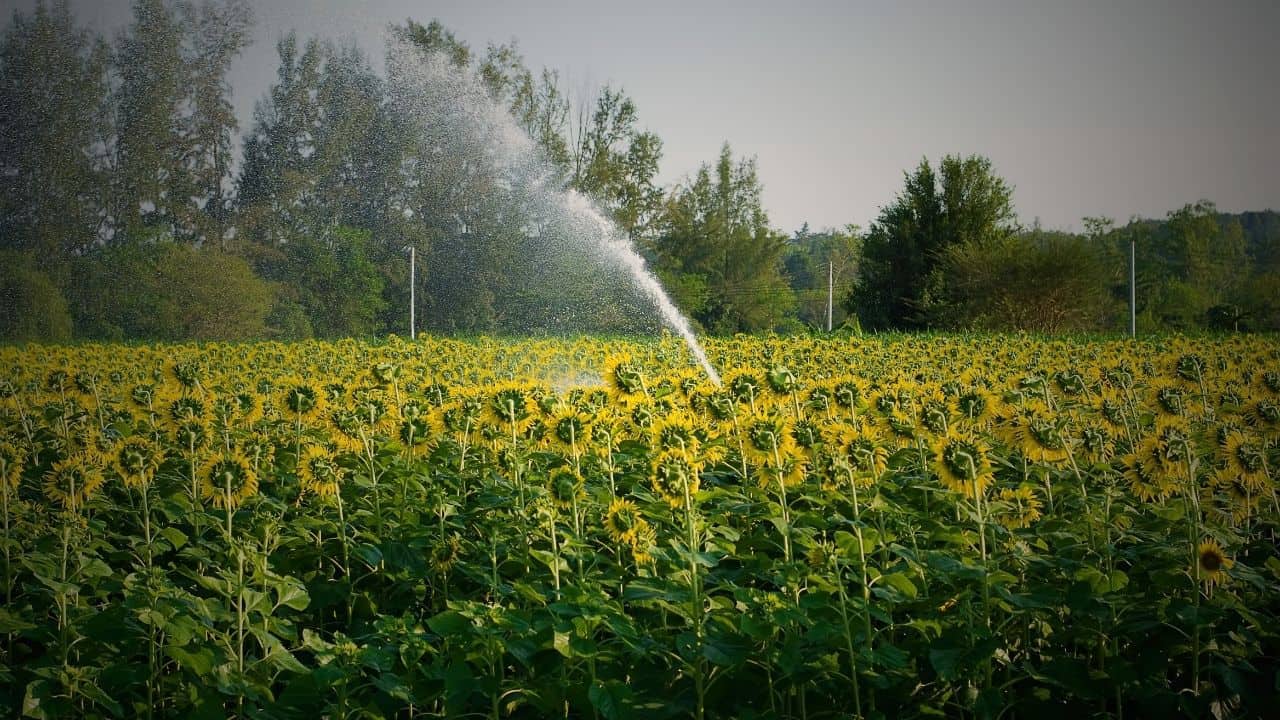
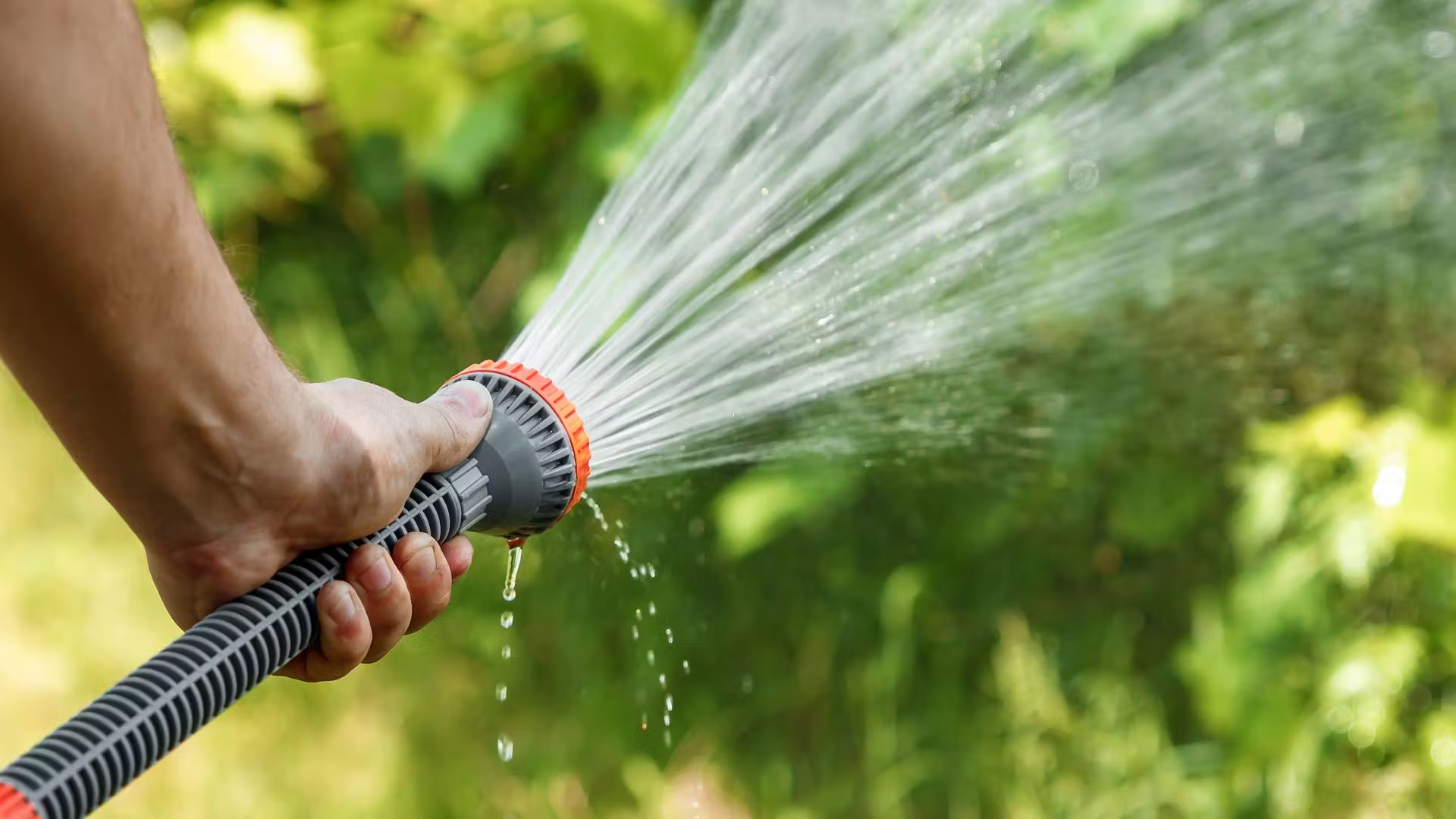

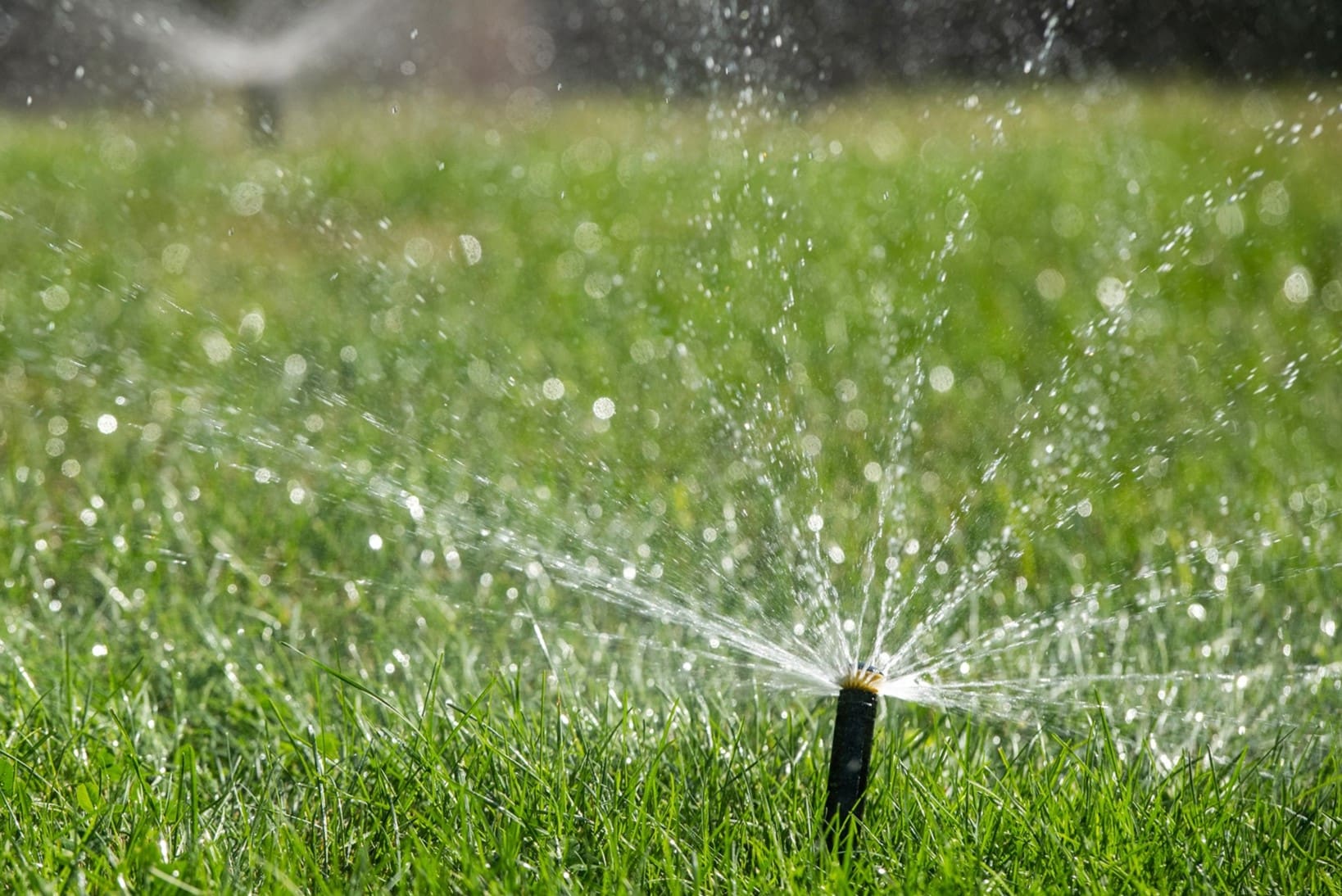


0 thoughts on “How Long Should New Grass Seed Be Watered”